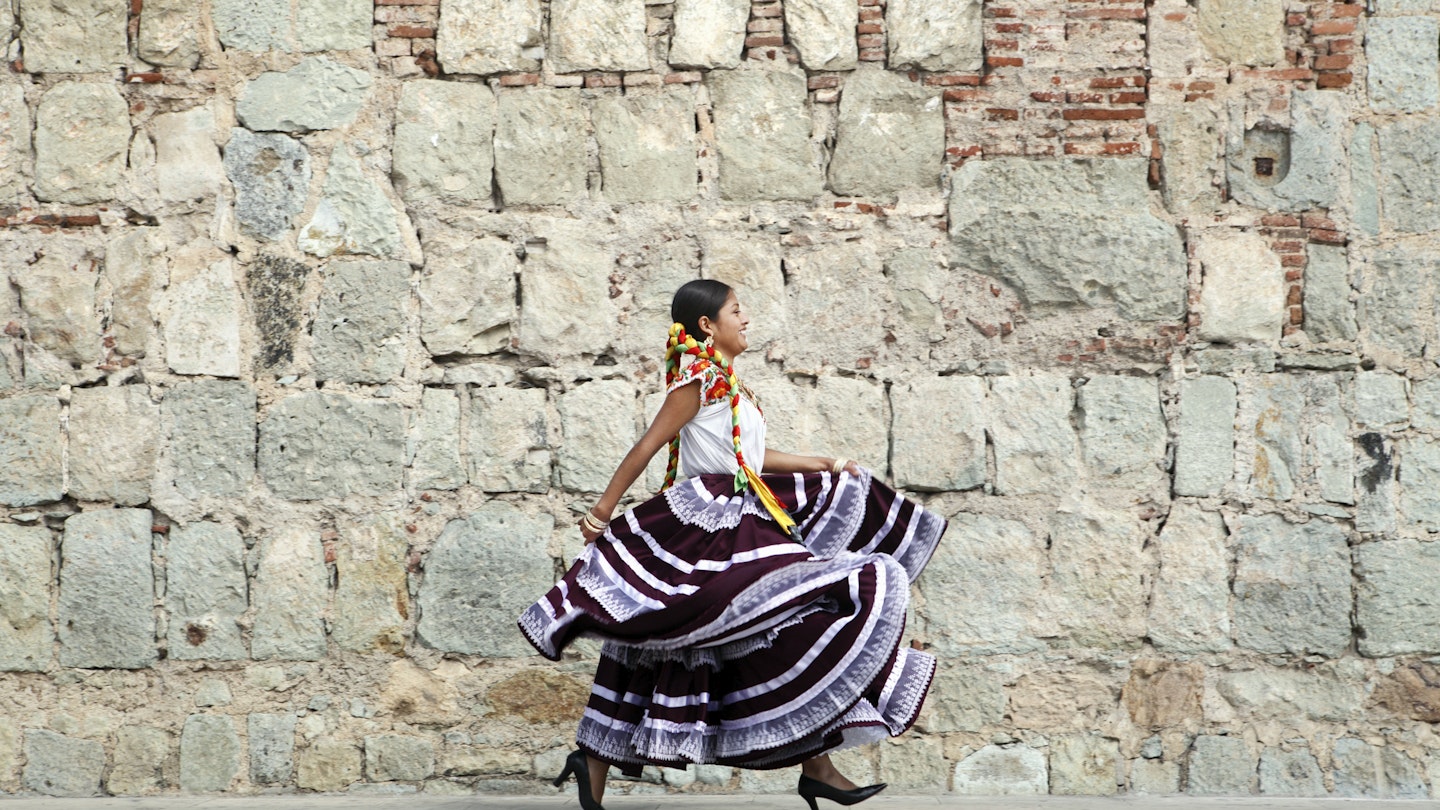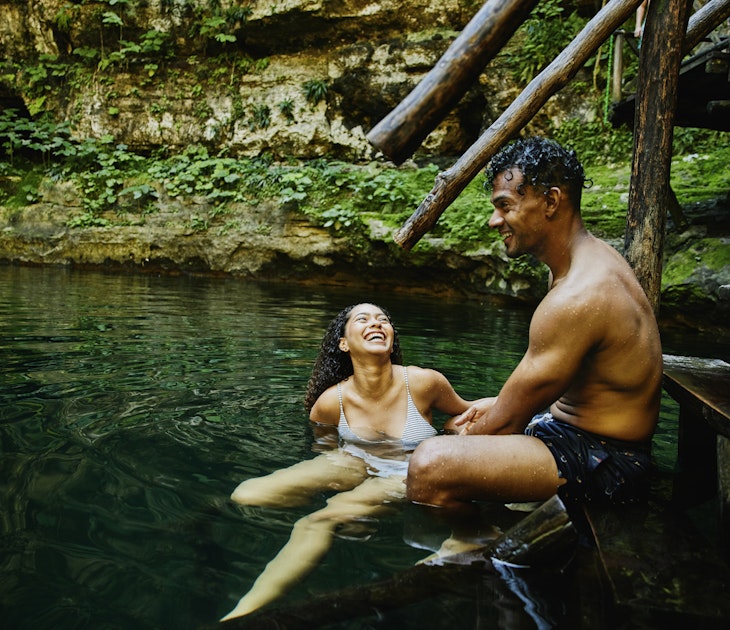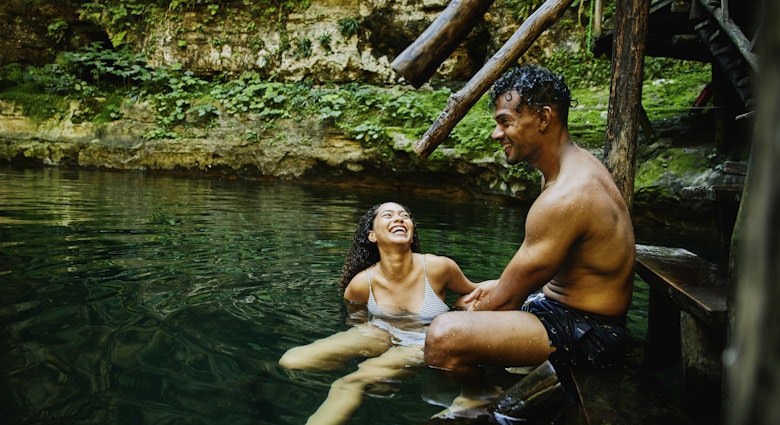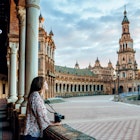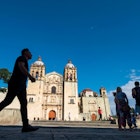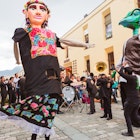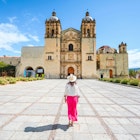Cultural capital Oaxaca's combo of authentic regional flavor and big-city grit makes it one of the most intriguing destinations in Mexico.
So whether you're hanging in atmospheric mezcal bars or embracing soulful Day of the Dead festivities, these top tips should serve you well.
Here are 10 things you should know when planning your trip to Oaxaca City.
1. Book ahead for Día de Muertos and Guelaguetza
Reserve accommodations months in advance if you plan on visiting in November for Día de Muertos (Day of the Dead) or in July for the Guelaguetza Festival (a renowned cultural event showcasing Oaxaca's folkloric dance and music).
Sure, room rates are pricier this time of year, but the city’s impressive array of lodging options caters to all budgets, from affordable hostels and guesthouses in spacious old homes to brilliant B&Bs and non-franchise boutique hotels in the heart of the historic center.
2. Safety: don't let the headlines spook you
Despite the much-publicized news about Mexico's drug-related violence, Oaxaca remains a relatively safe place to visit.
Of course it's wise to take common-sense safety precautions, as you would anywhere else, but in general, tourists in Mexico rarely get caught up in disputes between rival drug gangs and that's especially true for Oaxaca, a state that has been mostly spared from the violence.
The US State Department currently has no travel restrictions in place for Oaxaca City, and surrounding areas such as weaving village Teotitlán del Valle, the remote mountain towns of the Sierra Norte and most of the coastal region are considered safe for travelers.
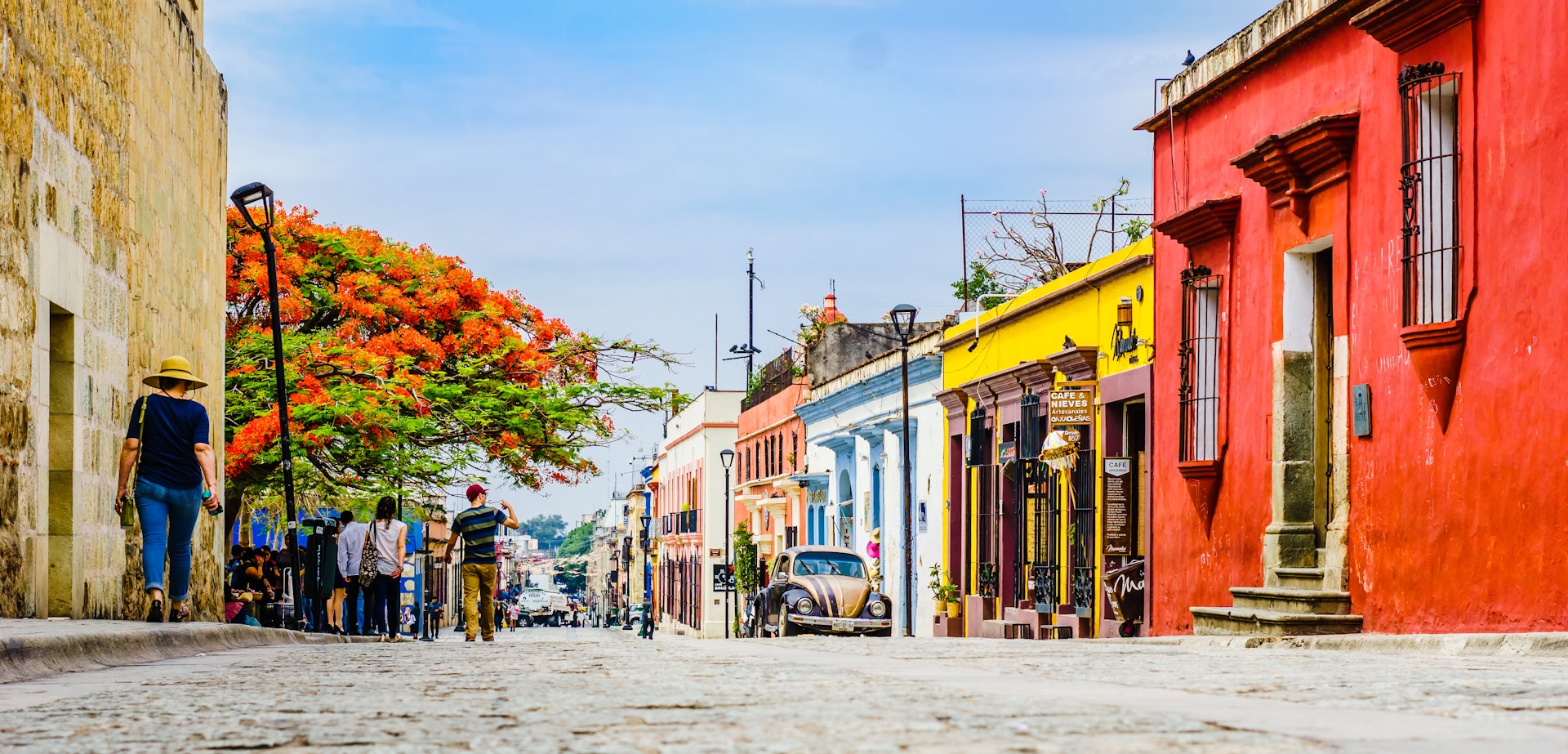
3. Don't drive in Oaxaca's historic center
Driving in Oaxaca City requires patience, particularly in the hectic historic center, where traffic snarls and a lack of street parking can make life miserable.
You'll be much better off on foot when exploring the Centro's noteworthy sights such as the world-class Museo de las Culturas de Oaxaca.
Many downtown streets do not have stop signs or traffic lights but most drivers abide by uno por uno etiquette, meaning the first vehicle to arrive at an intersection has the right of way.
Beyond city limits, traffic is usually light but expect a fair share of poorly maintained roads with a slew of potholes and unmarked speed bumps.
Also, be aware that protesters regularly stage blockades in Oaxaca. If you come across a roadblock, seek an alternative route or you may find yourself stuck for hours.
When renting a vehicle, always take out liability insurance, known in Spanish as daños a terceros. Walk-in car rentals in Oaxaca start at about M$800 per day with liability coverage included, but you can often find better deals online. Most major credit cards provide free collision coverage for auto rentals.
4. Sip, don't shoot mezcal
When bellying up to a mezcal bar, keep in mind that the distilled agave drink packs quite a punch (usually 45% to 50% alcohol content) and it's best sipped slowly to fully appreciate its distinctive aromatic taste.
Duck into a classic mezcalería such as In Situ to savor the flavor of artisanal mezcals.
For day trips out to mezcal country in nearby Santiago Matatlán, consider booking a tour with the experts at Experience Agave. Alternatively, if you foresee a boozy DIY romp, you can always leave the driving to a taxi for about M$500 each way. Salud!

5. Take day trips to explore beyond Oaxaca City
With all its museums, art galleries, uniquely savory cuisine and intoxicating nightlife, you may never want to leave the city, but trust us when we say day trips enrich the overall experience.
For a taste of traditional Oaxaca, venture out to the ancient Zapotec ruins of Monte Albán or head south to visit artisan workshops for an up-close look at how iconic crafts are made, such as alebrijes (surreal wood sculptures based on mythological animals).
6. What to pack: keep it casual and comfy
Even though you'll see fewer people wearing shorts and tank tops in non-beach towns such as Oaxaca City, casual dress is the norm. Don't forget to pack a long-sleeve shirt and long pants for protection against mosquitoes and the sun.
A light jacket is always useful for cool evenings and air-conditioned buses. If you're heading for Oaxaca's sublime tropical coast, take a swimsuit, flip-flops, loose-fitting clothes and insect repellent. For ecotourism outings in the nearby Sierra Norte mountains, bring a heavy jacket.
7. Take your essentials and always carry cash
You'll need a passport for international travel, a driver's license if you're renting a car and credit or debit cards (but always carry cash as some businesses do not accept plastic).
ATMs dispense Mexican pesos and there's usually a 3% international transaction fee tacked on.
You can exchange foreign currency at Oaxaca's international airport or at money exchange offices clustered around the Zócalo, the main square. Most international flights connect through Mexico City.

8. Etiquette: slow down and do the right thing
Oaxacans typically are not sticklers about etiquette but there are several things to be mindful of when interacting with locals. First, remember that life moves at a leisurely pace in this corner of Mexico, so try not to get upset if someone shows up late or if service is slow in a restaurant.
Also, whenever possible, tip generously in restaurants and hotels as gratuities are crucial to the livelihood of workers in Oaxaca, one of the poorest states in Mexico.
Tip 10–15% in restaurants, 5–10% of room costs in a hotel and M$5–10 for parking lot and gas station attendants. Taxi drivers usually do not expect tips, but always welcome them.
When shopping in Oaxaca, prices are fixed in most stores. It's okay to do some friendly haggling with market vendors, but keep a sense of perspective about the amounts you're bargaining over as most folks are just trying to make a living.
9. Don't drink the water, but do eat the street food
Do not drink water from the tap. Instead, purchase bottled water in supermarkets or convenience stores. Most restaurants and hotels serve purified water.
When it comes to street food, it would be a missed opportunity not to take a few risks in a culinary hot spot like Oaxaca. Look no further than the delectable mole tamales at Tamales de San Agustín Yatareni, or the tender pork tacos at the wildly popular Lechoncito de Oro.
You can lessen the chances of getting sick by carrying hand sanitizer and choosing a place to eat that appears to have good hygiene practices.
If you do get a stomach bug, Hospital Reforma is a decent option with 24-hour medical attention. Call 911 for emergencies.
10. Stay calm: there are frequent earthquakes in Oaxaca
Oaxaca is located in one of Mexico's most seismically active regions and is prone to frequent (and occasionally strong) earthquakes, but rest assured that most come and go doing little harm.
If you hear the seismic alert system sound, remain calm and move to an open space away from buildings and power lines.
Should a quake hit while you're on the coast, head inland to reach higher ground.

